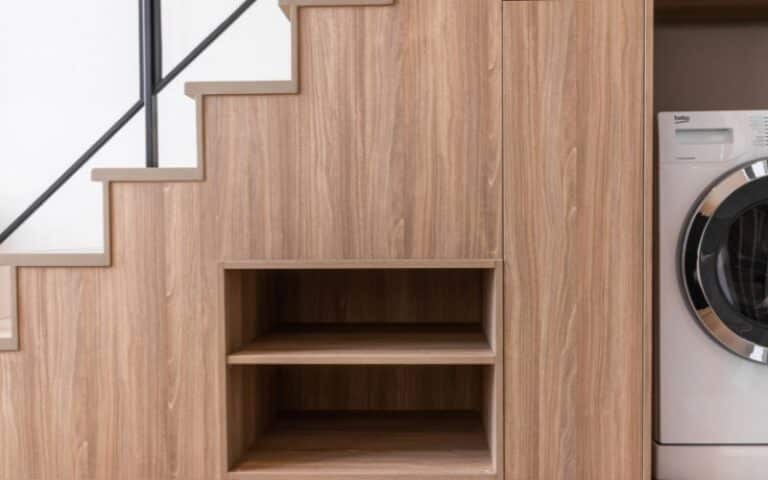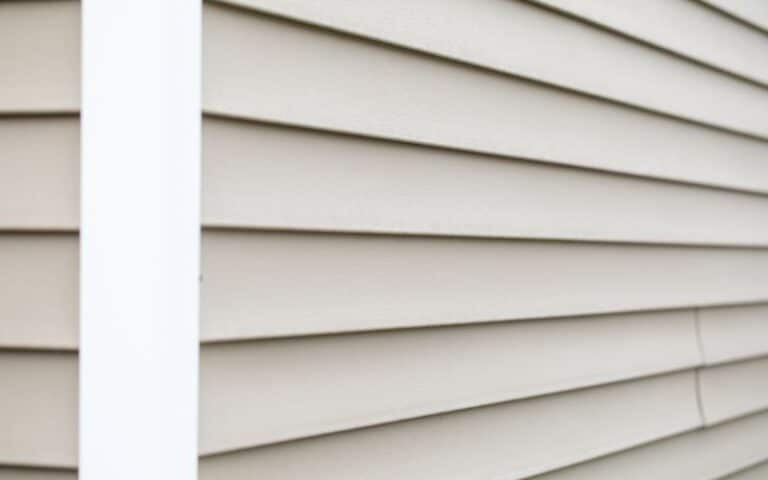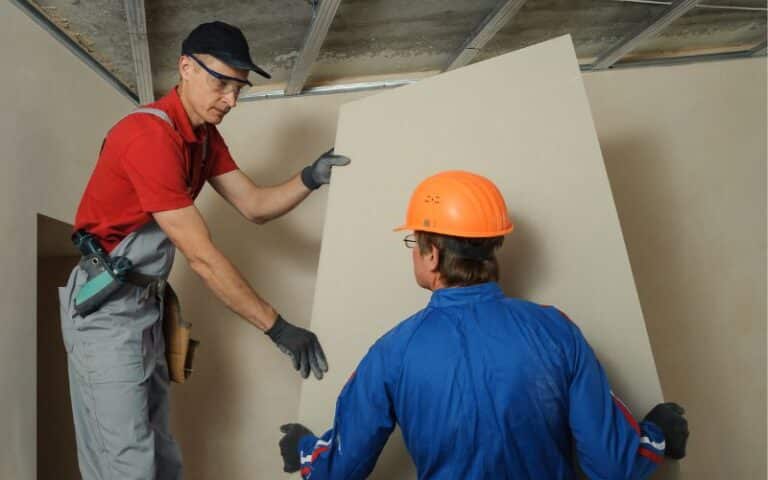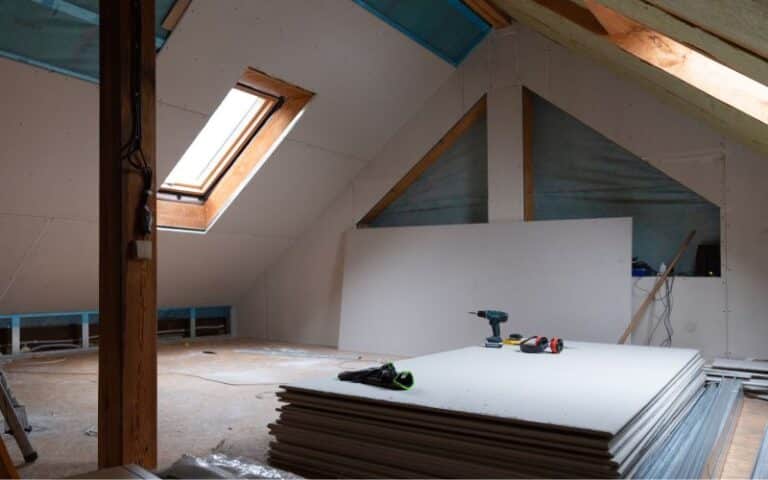Have you ever considered redecorating a space where a part of the wall has an unusual gap?
Well, Improper installation of drywall gaps in drywall can leave a part of your home looking rough.
Filling significant gaps in drywall may be intricate for a novice, but it can be an easy process with the right tools and techniques.
Below are the steps to fill significant gaps in drywall.
Firstly, clean the surface area, then cut out loose drywall. Next, apply joint compound in thin layers using a putty knife, allow to dry, and sand smooth. Finally, use a backer board for more significant gaps, prime, and paint to match the surrounding area. With these easy steps, you can successfully fill substantial holes in drywall.
In this article, I’ll guide you through the step-by-step process of filling significant gaps in drywall. Also we’ll then go further to answer some asked questions about filling drywall.
Ready for a Drywall Quiz?
How Do You Fill Large Gaps in Drywall?
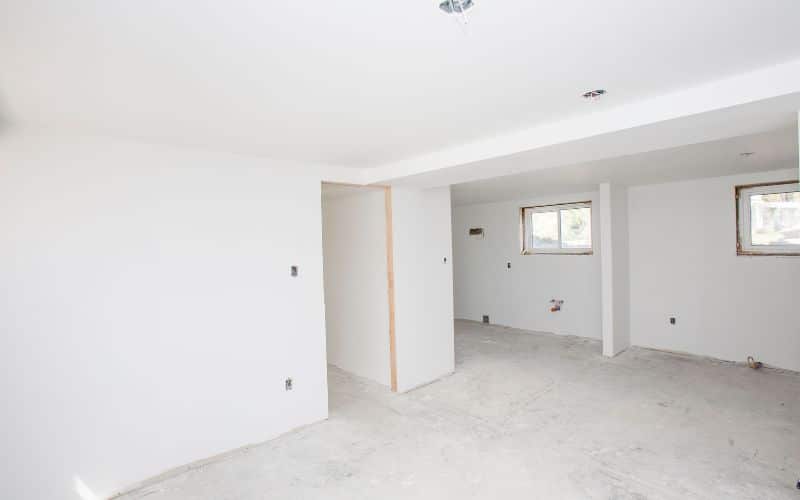
You can fill significant gaps in the drywall in specific ways.
However, paying careful attention to every detail is necessary to get a desirable result when filling significant gaps in drywall, paying careful attention to every detail is necessary.
The following are some of the actions to take:
#1. Clean the Surrounding Area
Before starting, ensure the area around any gaps is clear of debris before filling them. A clean, flat surface will assist the joint compounds in layering on the area properly.
#2. Remove Any Part of the Drywall that is Loose or Damaged
When there’s a gap in the drywall, part of the wall usually comes off. Always use a utility knife to remove any drywall around the gap that is loose or damaged.
By doing this, the surface is a lot easier to work on and more stable.
#3. Insert a Backer Board
Before inserting a backer board on larger laps or dents, attaching a backer board for drywall is essential.
To do this, cut a piece of drywall to suit the gap and firmly screw it under the existing drywall to insert the backer board.
Substantially, a strong foundation for the joint compound is created by screwing the backer board into the drywall.
#4. Fill the Gap With Joint Compound
To fill the gap, apply a small layer of joint compound with a putty knife first, then use the compound to fill the gap in the drywall.
For the next layer, you can use a bigger putty knife to smooth the repair surface further.
Apply the necessary additional layers last. By doing this, each layer can fully dry before being followed by another.
#5. Smooth Out the Surface
When the joint compound is completely dry, you can remove the patch by covering it with sandpaper.
It is advisable to sand it down with only fine-grit sandpaper for an even smoother surface. Ensure that the surface is thoroughly neat before applying primer.
#6. Finish Off With Primer and Paint
The next step is to apply primer after the finished repair and the area is dry and smooth. After that, paint the drywall to match the prior surrounding area.
Here are some additional tips to keep in mind:
- It is essential to use a premium joint compound appropriate for the size of the gap or dent you are filling.
- Most times, there might be a temptation to fill the gap with compound joints all at once. Instead, try filling the gap until it is fully covered.
- Purchase a putty or taping knife, and use it to smooth out the joint compound, starting at the repair surface.
- Patience is a virtue that is also needed when layering joint compounds. It’s critical to be patient and wait until each layer is arid before adding the next.
- Always avoid making ridges or dips in the repaired surface using a sanding block to achieve a flat surface.
Following these tips, you can successfully patch up sizable holes in drywall and create a seamless finish.
Can You Fill Gaps With Drywall Mud?
Yes, you can fill gaps on drywall using a joint compound or drywall mud.
As crucial as drywall mud is, remember that using a backer board to create a durable base for the joint compound when filling wide gaps is vital.
Before filling the gap, the first thing to do is to clean the area around the gap and remove any loose drywall.
After that, cover the space with a thin layer of joint compound. Use a putty or taping knife to firmly press the mud into the opening.
Apply a second layer of the joint compound after the first one has dried using a bigger putty or taping knife.
The layer should be wider than the first layer to help soften the margins of the repair. Before adding further layers as needed, let the second layer dry.
Use a sanding block or sandpaper to gently sand the repaired surface between each layer.
Sanding the surface will aid in flattening it and preventing the creation of ridges or dips in the restoration.
It’s vital to remember that drywall mud-filling gaps might take time, especially for more significant gaps.
To obtain a seamless and flawless finish, mud and sanding may need to be applied multiple times.
However, it is possible to make a repair that looks professional using drywall mud and a putty or taping knife.
How to Fill Large Drywall Gaps with Caulk?
Here are the steps on how to fill significant drywall gaps with caulk:
#1. Wipe the Area
Start by wooing off the area around the gap to remove dirt, dust, or debris with a clean rag or cloth.
#2. Prepare the Caulk
You can prepare the caulk by cutting the caulk tube’s tip at a 45-degree angle and loading it into a caulk gun.
#3. Apply the Caulk
Apply a consecutive driblet of caulk along the gap to fill in the gap on the drywall.
#4. Smooth the Caulk
To smooth the caulk, you can use a taping knife or your finger to even out the caulk and remove any excess.
#5. Allow the Caulk to Dry
To allow the caulk to dry completely, follow the manufacturer’s instructions on the drying time for the caulk. Typically, it takes about 24 hours for the caulk to fully dry.
#6. Sand the Surface
Once the caulk is completely dry, sand the surface lightly with fine-grit sandpaper to remove any bumps or ridges.
#7. Paint the Surface
If needed, prime and paint the surface to match the surrounding area. Sealing gaps with caulk on drywall has a few pros and cons.
Below is a tabular illustration of them.
| Pros | Cons |
|---|---|
| Caulk is easy to apply, which makes it easy to use on every surface. | It isn’t flexible and might cause cracks. |
| Using caulk leaves a smooth finish when you apply it correctly. | It is hard to remove |
| Silicone caulk is water resistant as it can be in areas like the bathroom or kitchen. | You may not be able to paint over some caulk. |
| You can use caulk to fill gaps between materials like wood and drywall. | It takes long hours to dry completely. |
However, It’s crucial to remember that caulking is for smaller gaps or gaps that don’t experience significant movement, like those around windows or doors.
Sealing the gap with a joint compound, tape, or a backer rod is advisable.
What Should I Do About the Gap Between Drywall and Concrete Wall?
When dealing with a drywall and concrete wall gap, it’s important to take prompt action. This gap can lead to various issues such as drafts, moisture penetration, and even pest infestation. To address the problem, consider using joint compound or foam insulation to close the gap effectively. Additionally, applying a layer of waterproof sealant can further protect the area from any potential water damage.
What are the Most Important Things to Know about Filling Large Gaps in a Drywall 135 Degree Inside Corner?
When it comes to filling large gaps in a drywall 135 degree inside corner, there are a few essential drywall inside corner tips to keep in mind. Firstly, it’s important to ensure the corners are properly prepared by removing any loose debris and dirt. Next, apply a generous amount of joint compound using a drywall knife, making sure to work it into the gap evenly. After allowing the compound to dry, sand it down until smooth and repeat the process if necessary. Finally, apply a coat of primer and paint to achieve a seamless finish.
Can You Fill Drywall Gaps After Painting?
Although technically possible, filling drywall gaps after the painting is not advisable.
It is considerably simpler to fill holes before painting because a smoother finish and better blending with the surroundings are guaranteed.
If you patch holes after painting, matching the color and texture could be challenging, and the repair might be more obvious.
Furthermore, if you paint with a sheen or gloss, the repaired area might not reflect light the same way as the surrounding area, emphasizing the repair even more.
From a general standpoint, it is advisable to caulk or joint compound cracks before painting and to let it completely dry before sanding and painting.
Doing this ensures that the repair blends in with the surroundings and has a professional appearance.
FAQs
What Drywall Mud or Caulk Size Can You Fill a Gap With?
Caulk works well for gaps up to 1/4 inch wide, whereas drywall mud can fill gaps up to 1/2 inch wide.
Can I Use Spackle Instead of the Joint Compound?
Spackle is a thin joint compound used for mirror repairs that you shouldn’t use for gaps substantial than a quarter-inch. It may break or shrink over time if used to fill significant gaps.
How Many Layers of Joint Compound Should Be Applied to Fill a Gap?
The gap amount and joint compound size determine the application layers. Applying many sparse applications of joint compounds is often recommended.

